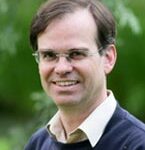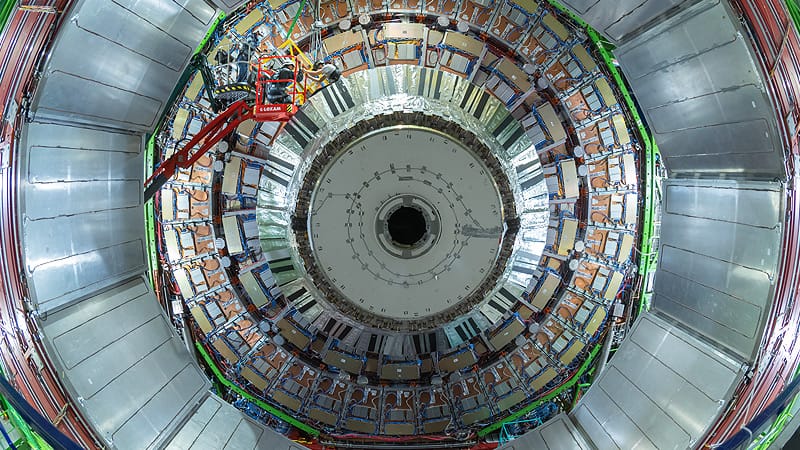Prof Andy Parker FInstP, CPhys
Biography
Andy Parker is a Professor of High Energy Physics at Cambridge University, with over 500 publications on aspects of particle physics and other topics. His current research interests involve experiments to reveal new physics such as extra space dimensions, quantum-sized black holes, and supersymmetry. He is a founder of the ATLAS experiment for the Large Hadron Collider, and for 6 years he was the project leader for the ATLAS Inner Detector and a member of the Executive Board. His technical work has included the development of silicon detectors, fast electronics and large software systems, as well as data analysis and pattern recognition. He has served in various roles in ATLAS, including as UK Physics Coordinator and chair of the Publications Committee.
He has worked with the Oncology Department on computational methods for radiotherapy, including the Voxtox and Radnet projects.
He was a Fellow and then Staff Physicist at CERN from 1982-1989 and briefly a Stagiere Etranger at the Centre des Etudes Nucleaire, Saclay, Paris before being appointed as a Lecturer in Cambridge in 1989. He was made a Professor in 2004 and served as Deputy Head of Department (Finance and Resources) from 2010-2013 and then Head of Department between 2013 and 2023.
He has served on numerous committees for CERN, the UK Research Councils, international funding agencies and the University. He was awarded the Pilkington Prize for excellence in teaching in 1997. He is currently a member of the International Advisory Board for the Future Circular Collider and a member of the Research Assessment Physical Sciences Panel for Hong Kong. He is a Science Partner with Ahren Investment Capital.
Research
His primary research interests are in physics beyond the standard model of particle physics, with many publications on searches for supersymmetric particles and strong gravity processes in extra space dimensions. As Director of the Cambridge eScience Centre from 2001-2008, he was responsible for grid computing initiatives across the University, including projects in life sciences, earth sciences, medicine, physics, chemistry and engineering, all requiring the sharing of large computational and data resources. This has led to research interests outside of high energy physics, including computational radiotherapy, muon tomography and artificial photosynthesis.
Return to People Directory

